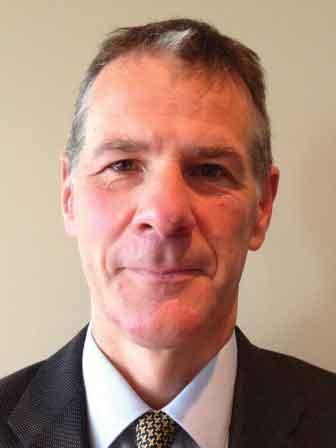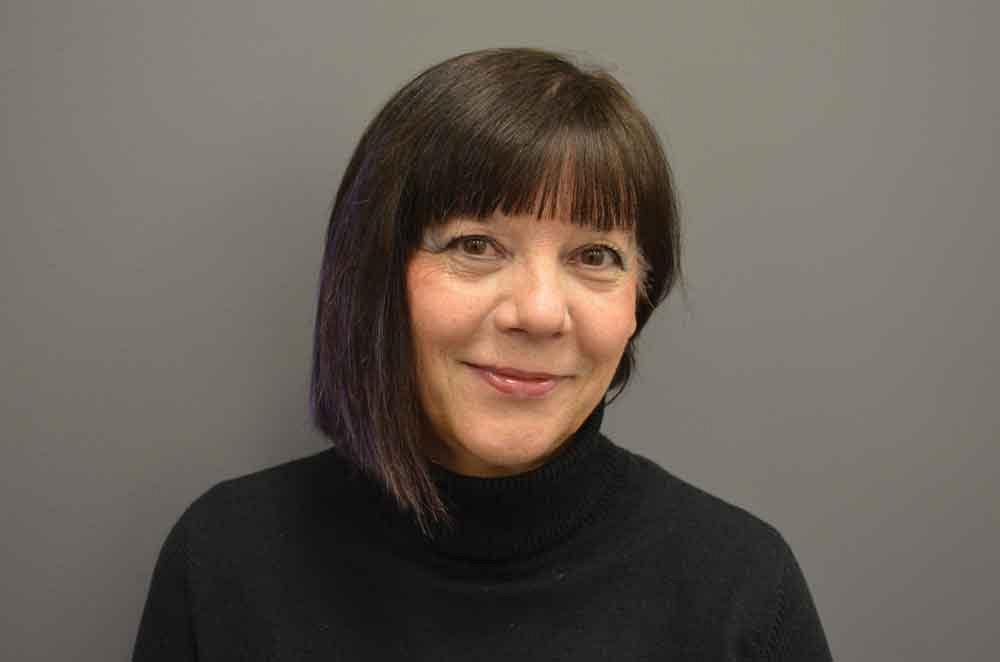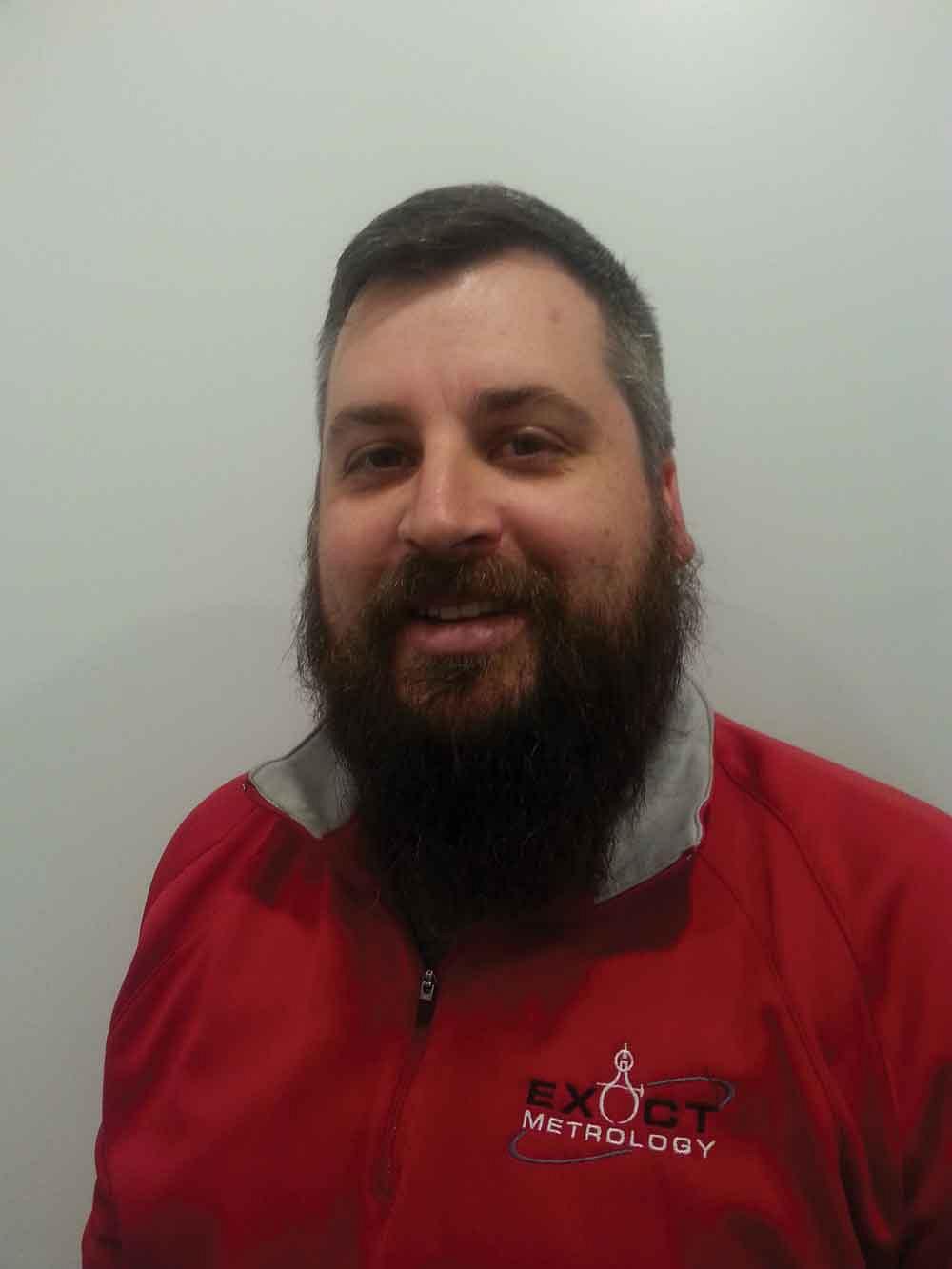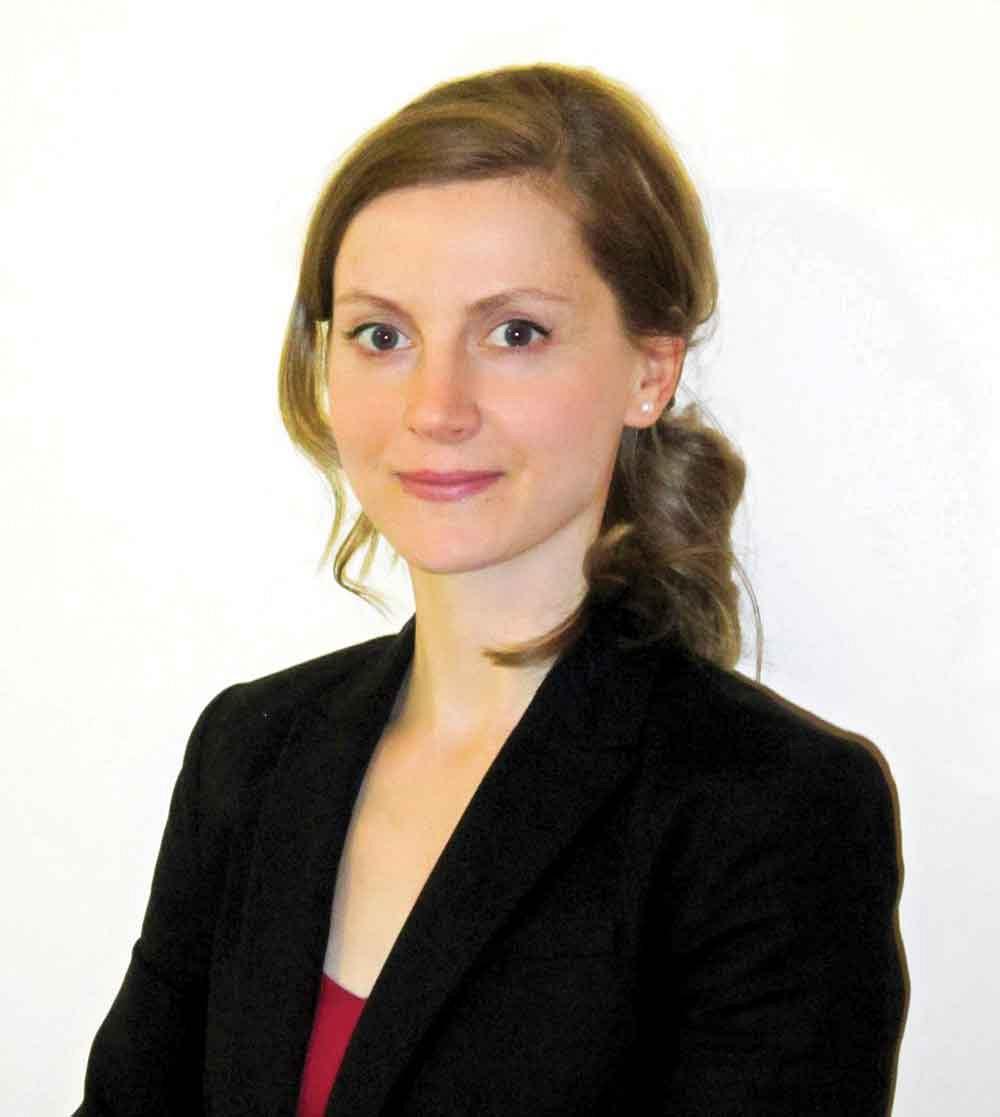- FMA
- The Fabricator
- FABTECH
- Canadian Metalworking
How Does Additive Manufacturing Fit?
Industry and educators are moving the technology forward
- By Sue Roberts
- June 1, 2016

Additive manufacturing can offer significant advantages for components designed to take advantage of the process.
Additive manufacturing (AM) is defining its space on production floors. In the past 25 years or so the technology has edged past the experimental stage. It has moved into--and through--being viewed as a technology limited to prototype production. It has become a proven process for complex components for aerospace and other large manufacturers. It has pushed software suppliers to develop programs to deal with the large amount of data needed to go from design to production. It has driven equipment manufacturers to combine additive with subtractive processes. It has added metal powders to the plastics and polymers. It has fostered the growth of service centres dedicated to providing AM capabilities.
What does this mean for the metal fabrication industry?
A panel of AM experts discussed this question during a featured presentation, “What Additive Manufacturing/3-D Printing Means for the Metal Fabrication Industry,” at the Toronto Congress Centre during FABTECH® Canada 2016. Advisers for the additive manufacturing event were Carl Dekker, president, Met-L-Flo; Kristen Eisiminger, senior marketing manager, Linear AMS; and Vesna Cota, additive manufacturing design and development specialist, Tyco Electronics Canada Ltd.
FABTECH Canada is co-sponsored by SME (formerly known as Society of Manufacturing Engineers), Fabricators & Manufacturers Association Intl. (FMA), American Welding Society (AWS), Precision Metalforming Association (PMA), and Chemical Coaters Association Intl. (CCAI). Strategic partners are Canadian Tooling & Machinery Association (CTMA), Canadian Manufacturers & Exporters (CME), and Canadian Fabricating & Welding.
There was some disagreement as to how ready the manufacturing industry as a whole is to adopt the technology, but there was full agreement that the technology is rapidly advancing and that the next generation of design engineers, particularly, have a mindset to embrace and exploit its possibilities.
Debbie Holton, director of North American events and industry strategy for SME, moderated the event. Panelists were:
- Mark Kirby, P.Eng., additive manufacturing business manager, Renishaw
- Dr. Mihaela Vasea, professor, University of Waterloo
- Greg Groth, services manager, Exact Metrology Inc.
- Vesna Cota, additive manufacturing design and development specialist, Tyco Electronics Canada.
Here are some of their thoughts.
Mark Kirby

A panel of experts discussed what additive manufacturing/3-D printing means for the metal fabrication industry during FABTECH Canada in Toronto. Left to right: Moderator Debbie Holton, SME; Greg Groth, Exact Metrology Inc.; Dr. Mihaela Vasea, professor, University of Waterloo; Mark Kirby, P.Eng., Renishaw Canada; and Vesna Corta, Tyco Electronics Canada.
Kirby described his job as derisking AM for companies and making the experience with the new technology as painless as possible. The problem in deciding if AM is a fit with a company’s capabilities, he said, is that there are uncertain benefits and uncertain costs.
As exciting as the technology is, he suggests taking a step back and viewing it as a business case to determine its potential profitability. Consider the speed of the process, which is still fairly slow, the investment in the equipment; the materials and their costs; and the actual cost of producing a part, which is often unexpectedly high.
He recommends asking pointed questions like these: Do you think you can make money with this technology? Exactly what are you going to sell based on AM?
“Taking the plunge is hard because this technology is hundreds of thousands of dollars. For metal it is closer to a million dollars. That is a significant investment.
“There aren’t a lot of applications out there right now, and that is a limiting factor. The presence is small. There are more subtractive machines and more work for them, and that really is a limiting factor.”
He typically has one of two conversations with a company considering AM. “One conversation I have is that normally if you’ve got a part in hand, already you’ve got a better solution than 3-D printing is going to give you.
“The other conversation is when someone says they have this really neat thing that needs to be 3-D printed and it is engineered for the process. It can be worth considering when the design has been thought through starting with a blank screen.” The high upfront cost may be justified.
Another consideration is whether or not a company produces its own product and has the latitude to redesign components to take advantage of AM technology benefits. If the shop is driven by customer designs, it may not be able to re-engineer parts to justify the cost of AM production.
Vesna Cota
“Early on there was a lot of skepticism but also a lot of enthusiasm. People didn’t really know what they were getting into or how to deal with it.
“There is still a fear—a very grounded one—because the processes have evolved and proven that end-use parts are possible, however, it is not the push-button approach. AM requires an extremely high understanding of the whole product life cycle.”
Universities, industry members, equipment manufacturers, and material suppliers are working together to educate the industrial community and advance AM technology.
One factor moving AM forward, she said, is that metal materials have been developed with strength and lightweight features that surpass those available in traditional materials. Another is that standards are being developed.
“Standardization is an extremely important factor. Once you evolve beyond the rapid prototyping and design department, you have to follow standards—be confident that the quality control, the process control are there.
“Those standards are being set in place right now. We are working on ways and means to control the in-process part quality because it is too expensive to find an error later.”
Software, she said, is also crucial. It has to have the capability to interpret the ideas of the assembly, convey the material choices, and communicate the vast amount of information to the machine tool. Software development, she added, is moving forward in a somewhat nontraditional manner. “There is cooperation between some of the software companies that we have not seen before.”
Greg Groth
“We use various technologies to scan items and acquire data. Software has been developed to manipulate the data from the computer scans for AM. The awesome part has been seeing this technology adapt to 3-D printing and vice versa. The software is actually driving some of the equipment costs down.”
Computed tomography (CT), an imaging procedure using industrial-grade X-ray systems, measures a part in its entirety, inside and out, without disruption. CT provides the data to re-create the part using AM technology. He offered an example of a key fob. Data from its CT scan not only interprets shapes and features, it segregates all the materials involved like the electronics, the battery, the plastics or leather. An identical key fob can be built, based on the 3-D data or the data can be manipulated to change the features.
“Metrology-grade CT has been around for years, but it is becoming more proven. These X-ray systems have more power in compact units that provide data extremely quickly and cost-effectively. We can validate assembled data components and features we can’t see. We can reverse-engineer a product and modify it. There is a whole range of abilities, and the process is getting better and more efficient.”
Direct-to-print software, he said, is also gaining popularity, but he believes CAD will maintain its place in designing complex assemblies.
Mihaela Vasea
“What we see in the research field more and more is interest from companies to partner with either research institutes or service centers to essentially play with the technology in a safe environment where a company doesn’t necessarily have to buy the equipment or test the materials or processes.
“The AM platforms need to be a little more flexible in terms of what materials they can use. I’m focusing efforts towards metrology controls and system development to meet the needs of new materials.”
Plastics and polymers used in the consumer domain are becoming more affordable, which will ultimately drive down the cost of the systems. For industry, she said, developments in powder and metal alloys will be key to enabling adoption of a wider range of applications.
Looking forward, she anticipates skipping CAD and going straight to AM production. “That brings new opportunities. How we validate digital design and describe features—that’s where standardization efforts are focusing.”
What Does This Mean?
So, what does this mean for the metal fabrication industry?
AM can offer real advantages, but components need to be designed specifically for the process. It is typically not the best choice for parts that are efficiently and economically produced by traditional methods.
Precise CT scans of large or small components make it possible to send data to AM equipment to re-create a part in its entirety. Internal and external features can be duplicated. And assemblies requiring multiple parts can often be produced as a single unit using AM technology.
AM currently fits best in the realm of large production companies with budgets that support millions of dollars for equipment, materials, and training. But there are exceptions. Some small shops are investing in AM with an eye toward the future of the technology, and AM service centres are cropping up to provide the capability to companies not ready to make the investment.
As with any new technology, the cost will eventually drop, making it more practical for small and medium-size shops and, in turn, the customers who pay for AM-produced components.
New materials are constantly being developed. Equipment is becoming more efficient, and hybrids that offer additive and subtractive abilities in one setup are available.
Standardization of everything from terminology to process control is in the works.
Educational institutions, manufacturers, equipment builders, material suppliers, metrology, and software companies are working together to move AM forward.
Cota may have summed it up best: “The industry may not be there yet, but there is a plethora of efforts underway, so it will be there soon.”
Associate Editor Sue Roberts can be reached at sroberts@canadianfabweld.com.
Exact Metrology, 513-831-6620, www.exactmetrology.com
Renishaw Canada, 905-828-0104, www.renishaw.com
Tyco Electronics Canada, 905-475-6222, www.te.com
University of Waterloo, 519-888-4567, www.uwaterloo.ca
subscribe now


Keep up to date with the latest news, events, and technology for all things metal from our pair of monthly magazines written specifically for Canadian manufacturers!
Start Your Free SubscriptionAbout the Author

Sue Roberts
2135 Point Blvd
Elgin, IL 60123
815-227-8241
Sue Roberts, associate editor, contributes to both Canadian Metalworking and Canadian Fabricating & Welding. A metalworking industry veteran, she has contributed to marketing communications efforts and written B2B articles for the metal forming and fabricating, agriculture, food, financial, and regional tourism industries.
Roberts is a Northern Illinois University journalism graduate.
- Trending Articles
BlueForge Alliance partners with Nuts, Bolts & Thingamajigs to develop Submarine Manufacturing Camps

Orbital tube welding webinar to be held April 23

Portable system becomes hot tech in heat treatment

Cidan Machinery Metal Expo 2024 to be held in Georgia May 1-2

CWB Group launches full-cycle assessment and training program

- Industry Events
MME Winnipeg
- April 30, 2024
- Winnipeg, ON Canada
CTMA Economic Uncertainty: Helping You Navigate Windsor Seminar
- April 30, 2024
- Windsor, ON Canada
CTMA Economic Uncertainty: Helping You Navigate Kitchener Seminar
- May 2, 2024
- Kitchener, ON Canada
Automate 2024
- May 6 - 9, 2024
- Chicago, IL
ANCA Open House
- May 7 - 8, 2024
- Wixom, MI



















